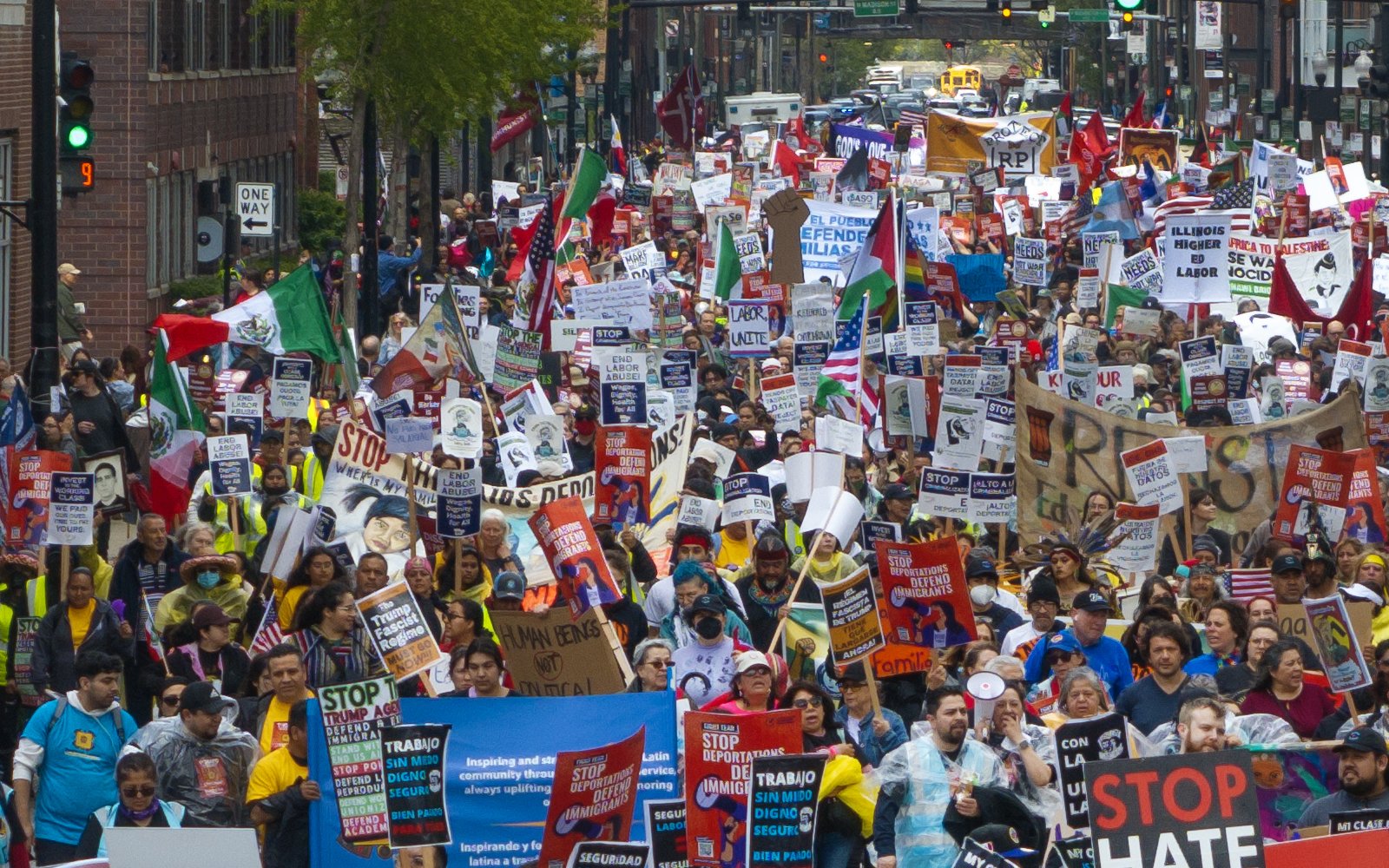As the United States marks its first Labor Day under Donald Trump’s second term, controversy surrounds his administration’s policies on workers’ rights. While the White House displayed a massive banner outside the Labor Department reading “American Workers First” alongside Trump’s portrait, labor leaders and advocates argue that his actions have consistently undermined the very workers he claims to champion.
Promises vs. Reality
During his campaigns, Trump pledged to fight for “forgotten Americans” and position himself as the defender of working-class families. However, critics say his administration has favored corporations and billionaires, rolling back workplace protections and weakening unions.
Among the most controversial moves:
-
Coal Miners: Trump halted enforcement of regulations designed to protect miners from silicosis, a deadly lung disease.
-
Federal Workers: More than 1 million government employees lost collective bargaining rights, which labor experts call the largest single act of union-busting in U.S. history.
-
Labor Watchdog: He dismissed the chair of the National Labor Relations Board, leaving the agency paralyzed in its mission to protect workers against illegal corporate anti-union practices.
Liz Shuler, president of the AFL-CIO, said:
“Trump talks a good game about supporting workers, but his administration is stripping away protections at an unprecedented pace. It’s a betrayal.”
Wage Cuts and Worker Vulnerability
Critics highlight several Trump policies that directly impact wages and job safety:
-
Ending the Biden-era rule that required federal contractors to earn at least $17.75/hour, slashing pay by over $9,000 annually for some workers.
-
Proposing to remove minimum wage and overtime protections for 3.7 million home-care and domestic workers — many of whom are women and people of color.
-
Reversing Biden’s plan to prevent employers from paying disabled workers less than the federal minimum wage.
Economist Heidi Shierholz of the Economic Policy Institute said Trump’s second term has been “brazenly anti-worker.” She added, “The disconnect between his pro-worker rhetoric and actual policies is enormous.”
Attacks on Renewable Energy & Worker Safety
Labor advocates also point to Trump’s rollback of renewable energy projects and Biden-era subsidies, which eliminated opportunities for construction workers. His administration has proposed reducing workplace safety fines, cutting Occupational Safety and Health Administration (OSHA) staff by 12%, and weakening rules on heat protection and construction site safety.
David Michaels, a public health expert and former OSHA head, warned:
“The Trump administration has taken several steps that are devastating to worker safety and health. By cutting enforcement and fines, companies are less motivated to protect workers.”
Tariffs, Deportations, and Job Losses
Trump’s tariffs and immigration policies are also drawing criticism. Economists warn that deporting 1 million immigrants per year could eliminate nearly 6 million jobs over four years, hurting both immigrant and U.S.-born workers.
Workers like Corey Mahoney, a cargo handler at JFK Airport, say they feel the strain:
“The tariffs slowed down work, and when many immigrant co-workers were deported, we had fewer staff. We had to work twice as hard. It’s unfair.”
The Administration’s Defense
The White House disputes these claims. Deputy Press Secretary Taylor Rogers said:
“President Trump has unleashed an economic boom. Inflation is cooling, wages are rising, and Republicans are once again the party of the American worker.”
The administration points to its “no tax on tips” and “no tax on overtime” initiatives as pro-worker reforms, though economists argue that these measures benefit only a small fraction of workers and provide minimal relief.
Labor Leaders Mobilize
In response, the AFL-CIO announced nearly 1,000 rallies and events nationwide this Labor Day to push back against Trump’s policies. Shuler summed up the mood of the labor movement:
“The state of working people is simple — they’re under attack.”
Outlook
As Trump’s second term advances, the divide between his pro-worker messaging and the lived experiences of many employees remains stark. With unions mobilizing and public dissatisfaction growing, Labor Day 2025 could mark the beginning of a prolonged battle between workers and the Trump administration.









